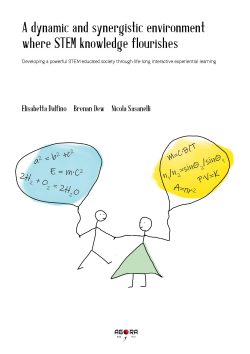In an era characterised by rapid technological advancements and globalisation, the need for STEM literacy among the workforce of today, and of tomorrow’s future workforce, is paramount.
A new publication published by Agora High Tech called A Dynamic and Synergistic Environment Where STEM knowledge Flourishes highlights an innovative collaboration that extends beyond the confines of the traditional classroom. Educator Elisabetta Dalfino, museum manager Brenan Dew and Agora High Tech Founder, Nicola Sasanelli present a timely and important message that calls for everyone’s involvement, from early childhood educators to government decision-makers.
In an era characterised by rapid technological advancements and globalisation, the need for STEM literacy among the workforce of today, and of tomorrow’s future workforce, is paramount. As contributors to society, STEM-educated individuals drive technological advancement, spearhead scientific breakthroughs, and address pressing global issues to advance a more sustainable future. This publication highlights an innovative collaboration that extends beyond the confines of the traditional classroom. It aims to inspire and equip young students with essential skills for success in a knowledge-based economy through interactive experiences.
The ‘Dynamic and synergistic environment’ described in this book represents a holistic ecosystem where young people from early childhood through to young adulthood are nurtured and can evolve as powerful, STEM-literate individuals and globally responsible citizens. A symbiotic relationship between schools and public institutions such as museums and science centres emerges as a cornerstone in this pursuit. Acknowledging the significance of interactive and intuitive learning modalities, this discourse underscores their indispensable role in shaping a knowledge populace poised for success in the future knowledge-based economy.
The authors believe that educational curricula must prioritise STEM integration from early childhood through higher education, emphasising ‘hands-on learning’, ‘inquiry-based pedagogies’, and ‘real-world applications’. Additionally, initiatives aimed at promoting diversity and inclusivity within STEM fields are imperative to harnessing the full spectrum of talent and perspectives.
Through hands-on activities, workshops and engaging exhibits, museums complement formal education settings like Montessori schools, providing diverse learning opportunities that cater to various learning styles and preferences. This integration enriches educational experiences, fosters crucial thinking skills, and nurtures lifelong love of learning and exploration.
So collaborative efforts between museums, science centres, cultural institutions, schools, and families in the home are crucial to supporting young students and encouraging them to develop interest, creativity, and passion for STEM fields within dynamic and synergistic informal learning environments.Through synergistic partnerships and innovative pedagogical frameworks, educators and institutions alike can cultivate an enriched educational ecosystem that empowers students to thrive in a rapidly growing global landscape.




